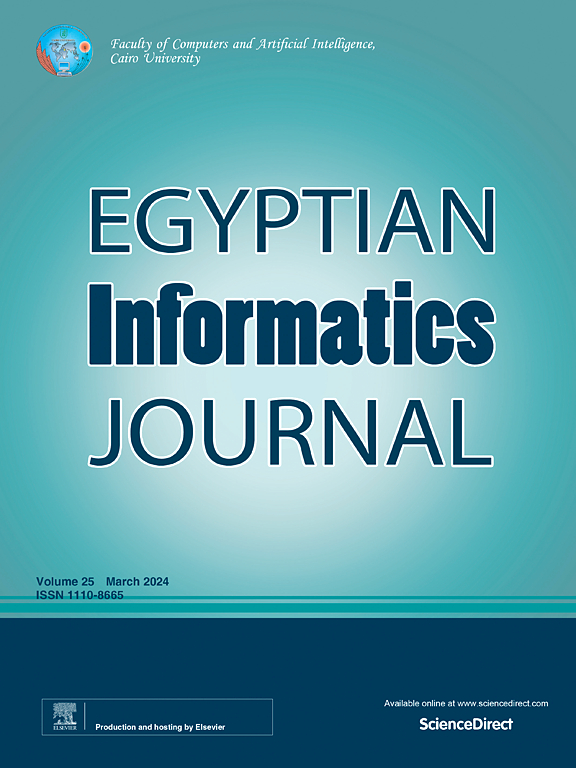Optimizing machine learning for enhanced automated ECG analysis in cardiovascular healthcare
IF 5
3区 计算机科学
Q1 COMPUTER SCIENCE, ARTIFICIAL INTELLIGENCE
引用次数: 0
Abstract
The rapid advancement of connected health technology, exemplified by wearable devices like the Apple Watch, has revolutionized healthcare by enhancing the diagnosis, monitoring, and treatment of various conditions, particularly heart-related issues. However, these devices generate vast amounts of ECG data that require interpretation, underscoring the need for reliable automated ECG analysis methods. This study explores the use of machine learning and deep learning algorithms, including Support Vector Classifier (SVC), RandomForest, XGBoost, and LinearSVC, for ECG classification, aiming to improve accuracy and diagnostic capabilities. While traditional methods rely on heuristic features and shallow architectures, this research focuses on leveraging deep learning architectures to automatically extract relevant features from ECG signals. The proposed approach demonstrates promising results in accurately categorizing heartbeats, offering a potential solution to the limitations of current classification methods. By optimizing classification models with metaheuristic algorithms, such as JADE, the study achieves significant performance improvements, highlighting the effectiveness of integrating advanced optimization techniques into ECG analysis processes. Ultimately, the findings underscore the potential of machine learning and deep learning algorithms in advancing automated ECG analysis for improved cardiovascular healthcare.
优化机器学习增强自动化心电图分析在心血管保健
以苹果手表等可穿戴设备为代表的互联医疗技术的快速发展,通过增强对各种疾病(尤其是心脏相关疾病)的诊断、监测和治疗,彻底改变了医疗保健。然而,这些设备产生大量需要解释的心电数据,强调了对可靠的自动化心电分析方法的需求。本研究探索了机器学习和深度学习算法的使用,包括支持向量分类器(SVC)、随机森林、XGBoost和线性SVC,用于ECG分类,旨在提高准确性和诊断能力。传统方法依赖于启发式特征和浅层架构,而本研究侧重于利用深度学习架构从心电信号中自动提取相关特征。提出的方法在准确分类心跳方面显示了有希望的结果,为当前分类方法的局限性提供了一个潜在的解决方案。通过使用JADE等元启发式算法优化分类模型,该研究取得了显著的性能改进,突出了将先进优化技术集成到心电分析过程中的有效性。最终,这些发现强调了机器学习和深度学习算法在推进自动化ECG分析以改善心血管保健方面的潜力。
本文章由计算机程序翻译,如有差异,请以英文原文为准。
求助全文
约1分钟内获得全文
求助全文
来源期刊

Egyptian Informatics Journal
Decision Sciences-Management Science and Operations Research
CiteScore
11.10
自引率
1.90%
发文量
59
审稿时长
110 days
期刊介绍:
The Egyptian Informatics Journal is published by the Faculty of Computers and Artificial Intelligence, Cairo University. This Journal provides a forum for the state-of-the-art research and development in the fields of computing, including computer sciences, information technologies, information systems, operations research and decision support. Innovative and not-previously-published work in subjects covered by the Journal is encouraged to be submitted, whether from academic, research or commercial sources.
 求助内容:
求助内容: 应助结果提醒方式:
应助结果提醒方式:


